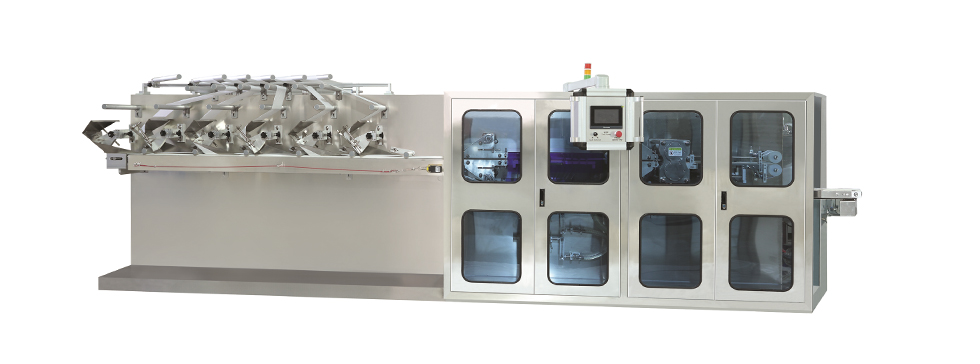April 24, 2024
What safety measures are implemented in folding wet wipe machine?
Safety measures implemented in folding wet wipe machines are essential to protect operators, prevent accidents, and ensure compliance with workplace safety regulations.
Here are some common safety measures implemented in folding wet wipe machines:
- Guarding and Enclosures: Folding wet wipe machines are equipped with guards and enclosures to prevent operators from accessing moving parts, pinch points, or hazardous areas during operation. Guards are installed around rotating components, cutting mechanisms, and other potential hazards to prevent accidental contact and minimize the risk of injuries.
- Emergency Stop Buttons: Emergency stop buttons are strategically located on folding wet wipe machines to provide operators with a quick and easy means of shutting down the machine in case of emergencies or safety hazards. When activated, emergency stop buttons immediately halt machine operation, deactivate power sources, and prevent further movement of machine components.
- Interlocking Safety Systems: Interlocking safety systems are designed to ensure that certain machine functions or operations can only be performed under safe conditions. For example, access doors or panels may be equipped with interlocks that disable machine operation when opened, preventing operators from reaching into the machine while it is in motion.
- Safety Light Curtains: Safety light curtains are optoelectronic devices installed around the perimeter of folding wet wipe machines to create an invisible safety barrier. Light curtains use infrared beams to detect the presence of objects or personnel in the protected area. If an operator or object interrupts the light curtain, machine operation is automatically stopped to prevent collisions or accidents.
- Overload Protection: Overload protection systems are integrated into folding wet wipe machines to prevent damage to machine components or excessive strain on motors and drives. These systems monitor power consumption, motor currents, or torque levels and automatically reduce or shut down machine operation if abnormal conditions are detected.
- Safety Labels and Signage: Folding wet wipe machines are equipped with safety labels, warning signs, and instructional signage to alert operators to potential hazards, safe operating procedures, and emergency protocols. Clear and visible signage helps operators identify safety risks, follow proper procedures, and respond appropriately to safety incidents.
- Operator Training and Safety Procedures: Operator training programs and safety procedures are essential components of safety management in folding wet wipe machines. Operators receive comprehensive training on machine operation, safety protocols, hazard recognition, emergency response, and personal protective equipment (PPE) usage. Regular safety inspections, audits, and refresher training sessions help reinforce safe behaviors and ensure compliance with safety regulations.
By implementing these safety measures in folding wet wipe machines, manufacturers can create a safer working environment, protect personnel from accidents and injuries, and maintain regulatory compliance. Continuous monitoring, evaluation, and improvement of safety systems and practices are essential to ensure ongoing safety and minimize risks in wet wipe manufacturing operations.

